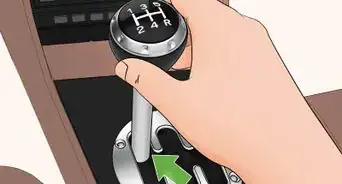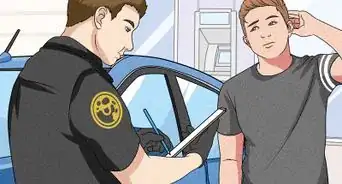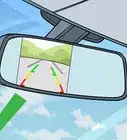This article was co-authored by wikiHow Staff. Our trained team of editors and researchers validate articles for accuracy and comprehensiveness. wikiHow's Content Management Team carefully monitors the work from our editorial staff to ensure that each article is backed by trusted research and meets our high quality standards.
There are 7 references cited in this article, which can be found at the bottom of the page.
This article has been viewed 35,846 times.
Learn more...
Maybe you want to make sure the car salesman isn't going to take advantage of you when you go to the dealership this weekend. Or perhaps you're hoping to become an expert mechanic who never has to pay someone else to repair your car. Either way, there are lots of resources out there for you to learn about cars. Start by using the Internet to find blogs, forums, and tutorials. You can also go to the public library, take some shop classes, attend night school/college courses, or attend car shows. When you're ready, buy an old clunker to fix up and transform into your new favorite ride.
Steps
Using the Internet to Find Information on Cars
-
1Search YouTube for tutorials on car mechanics. YouTube is a great place to find detailed, step-by-step videos on basic and complex car repair topics. Look for videos that have higher views and positive comments to be sure you're getting reliable information. Start by searching for tutorials for beginners and then browse to find other videos that interest you.[1]
- You can also browse through https://www.wikihow.com/Category:Car-Engines to find wikiHow articles on car repair. Pair these how-to articles with the YouTube videos for a more complete understanding of how to fix cars.
-
2Look for fan forums on particular makes or models. Many types of cars have legions of enthusiastic fans. While this is especially true for older cars, some makes (like Mercedes-Benz, Volkswagen, and Ford, for example) also attract large followings. Google something like “fan forums on Wranglers” to find an online community that shares your specific interests.[2]
- These forums are great places to ask questions about specific types of cars. Users will also probably announce events like car shows on fan forums.
Advertisement -
3Go to websites that provide reviews and ratings on cars. This is especially important if you're buying a new or used car. Websites like Kelley Blue Book can tell you the value of particular cars, along with top-rated features or issues the car has had in the past. [3]
- If you want to learn about a wide variety of cars, browse through to read about all kinds of makes, models, and classes.
- If you're hoping to learn more before buying, look up cars that are in the class you're interested in (SUVs, for example).
Taking Advantage of Other Resources
-
1Watch car-related TV shows. Why not learn while you're being entertained? Start with the BBC's Top Gear, which is available to stream on Netflix. Alternatively, you can watch the Grand Tour on Amazon Prime.[4] You can also try Fast'N'Loud on the Discovery Channel or Wheeler Dealers.[5]
- These shows generally feature luxury and iconic cars. Watching them is a fun way to expand your knowledge about cars you might not see out on the road every day.
-
2Use the public library to take out books on cars. Dust off and renew that library card if you haven't used it in a while! Not only is the public library free, it's a great place to browse through the stacks and find books you didn't even know existed. If you're looking for a specific title, speak to the librarian. If your local branch doesn't have it, they can order it from elsewhere.[6]
- Be prepared to wait 2-4 weeks if you request a book from another library.
- Your library also likely has a large collection of eBooks available for loan. Talk to your librarian about setting up an online account to get access to this collection.
-
3Attend car shows and other meetups. Go online to search for car shows and car-related meetups in your area. If you're on a particular fan forum, ask users if they know of any good ones that are coming up. These fun events will connect you with other car enthusiasts who will be happy to answer any questions you've got about cars.[7]
-
4Take a few courses at a local community college. Look for introductory courses for car mechanics. Start by taking just one class to see if you like it. If you enjoy it and can fit more classes into your budget, enroll in two next time. Not only will you meet other people to study with as you both learn about cars, you'll also have access to reliable and experienced instructors.[8]
-
5Visit an auto supply store and talk to the employees. Most employees at these types of stores have some basic or even advanced knowledge of car repair. They'll also be able to help you understand the pros and cons of different car products and tools.
- Ask questions when there aren't any other customers in the store, and when the staff don't look too busy.
- Be polite if the employees say they don't have time to talk to you.
Fixing a Broken Car
-
1Purchase an inexpensive car with some minor issues. Go online to look for cheap used cars in your area. Figure out the maximum amount you're willing to pay for a car that you're essentially practicing on, and use that number to guide your search. Try to stick to cars that are relatively close to where you live, as you'll likely need to pay to have the car transported to your house. If possible, when purchasing a car some distance away, load the car onto a trailer and tow it yourself. If you aren't confident enough to do this; get somebody else to do it for you.[9]
- Don't go for a car with tons of issues just because it's cheap. Instead, look for a car with problems you can realistically fix. If you're unsure about the seriousness of the problems, bring a friend who's got more knowledge about cars to look at the car with you.
-
2Buy a basic car mechanic's kit. Go to an auto supply shop and ask an employee to point you in the direction of a good starter tool kit. If you want to make your purchase online, Google “starter car mechanic's kit” to find some options.
- Very basic tool sets might cost as little as $20 USD. However, a more comprehensive kit will probably run about $100 USD.
-
3Find the car's service manual online or at a dealer. The service manual is the complete repair how-to guide, not the small booklet that usually goes into the glove box. You can generally purchase these at car dealerships. You might also be able to find used copies on websites like eBay.[10]
- This repair guide should provide you with specific instructions on fixing the exact make and model you've purchased.
-
4Use YouTube videos to learn how to fix specific problems. It's much easier to learn how to do things when you can watch each step unfold. You might not be able to find a video featuring the exact car you've purchased, but you'll surely be able to find tutorials on fixing the problems your broken-down car has.
- Watch the full video several times before starting to work on your car. You might also consider setting up a laptop in your garage or car repair shop so you can watch the video while you fix your car.
References
- ↑ http://www.complex.com/sports/2013/11/great-ways-to-learn-about-cars/your-local-public-library-use-it
- ↑ http://www.complex.com/sports/2013/11/great-ways-to-learn-about-cars/check-out-enthusiast-forums-for-any-particular-mak
- ↑ https://outofyourrut.com/how-to-become-a-car-expert-before-you-buy/
- ↑ http://www.complex.com/sports/2013/11/great-ways-to-learn-about-cars/start-out-easy-watch-emtop-gearem-uk
- ↑ https://www.ranker.com/crowdranked-list/automotive-tv-shows-and-series
- ↑ http://www.complex.com/sports/2013/11/great-ways-to-learn-about-cars/your-local-public-library-use-it
- ↑ http://www.complex.com/sports/2013/11/great-ways-to-learn-about-cars/start-showing-up-at-local-car-meetups-and-get-soci
- ↑ http://www.complex.com/sports/2013/11/great-ways-to-learn-about-cars/start-showing-up-at-local-car-meetups-and-get-soci
- ↑ http://www.complex.com/sports/2013/11/great-ways-to-learn-about-cars/get-the-shop-manual-for-your-car
About This Article
To learn more about cars, start by deciding what you want to learn. For instance, you can learn more about makes and models by scrolling through photos and reading reviews. Additionally, check out fan sites and forums for popular car models to learn more about your favorites. For example, you can find sites for Jeep, Mercedes-Benz, Volkswagen, and other popular brands. Alternatively, if you want to learn how to work on cars, you might watch YouTube videos and tutorials created by car experts and mechanics. You can find lots of step-by-step demonstrations of how to do car repairs, as well as tips for beginners. For more tips, including how to work on a broken car, read on!


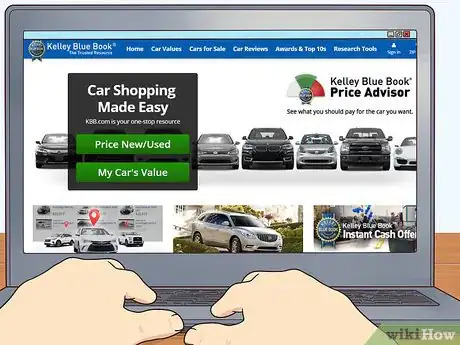




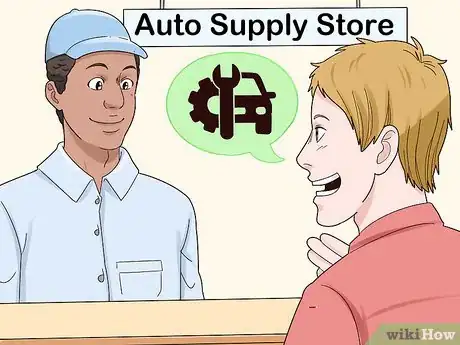

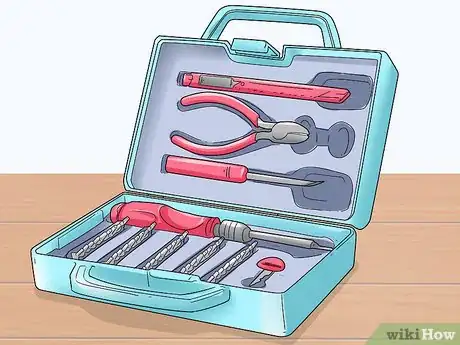
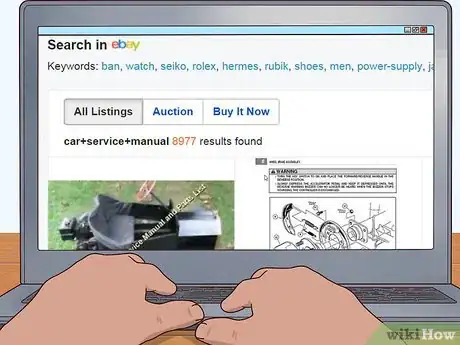

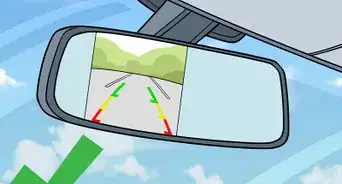


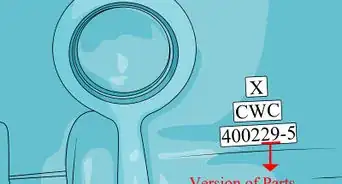
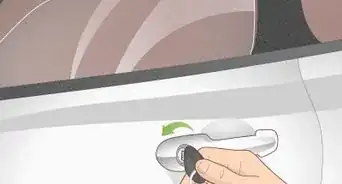


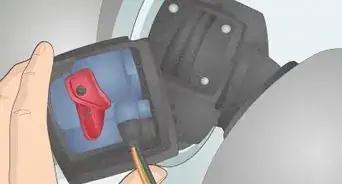
-Beetle-Step-5-Version-3.webp)

